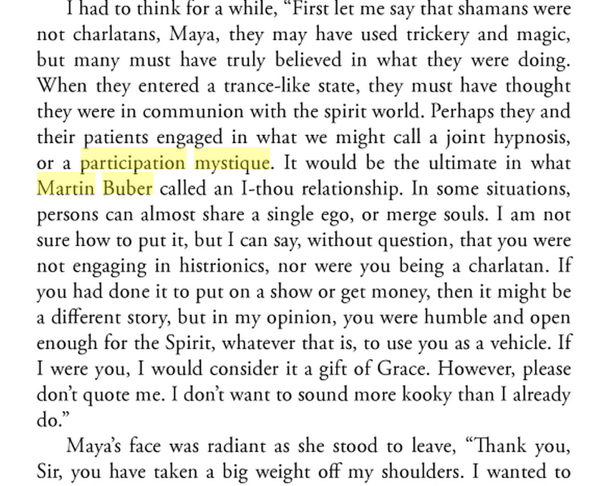This is the first of three posts based on the monograph “Origins of Encounter and Encounter Groups” by J.L. And Zerka Moreno
The psychodrama method is an open system, people add to it and take from it in various ways. In the Australian and Aotearoa tradition we do a lot of role reversal, more than in the US. We have incorporated the focal conflict model as a way of making sense of group process. Role theory includes coping, fragmenting and progressive roles, borrowing from Karen Horney. On the whole we do honour the philosophy of Moreno as the basis for our work. I hope there os room to develop further, especially using sociometric methods to explore the philosophy and new techniques. Also it may be useful to know that there is no exact one way to do psychodrama.
I found this passage recently. The openness is like open source software, it means psychodrama does not belong to anyone. To maintain the integrity of the philosophy it is important to delve into it collectively and show how it is integrated with practice.
It is not so important that Moreno’s school did these things first. That is merely one aspect of the problem. But we want to pierce the vanity and outrageous bravado of our many good friends and enemies Who, under the broad mantle of science, have disowned and absorbed these ideas and are brazenly trying to get away with it. The problem is not “getting a bigger bag of better working tricks.” The problem is far more serious; the disowners undermine a system of thought, a view, a philosophy of the world, a synthesis of methods which hang together and whose break-up produces confusion instead of enlightenment, invite disaster instead of producing cohesion.
Freud’s dilemma was holding his ideas tight to himself, therefore his rejection of everyone who did not recognize his priority and adhere to the dogma: Jung, Adler, Rank, Stekel, Ferenczi, among others. Moreno did the opposite. He is tolerant and devoted to his students. His secret weapon was “giving away” his ideas; his strength lay in letting people use his ideas, encouraging them to try them out, making them their own. There was considerable risk in this; losing the priority claim was only one small part, the deeper conflict arose out of separating the methods from the philosophy. Substitute theories and philosophies are false and misleading, as they abrogate or abort the complete execution of the methods. Moreno’s position was therefore: “Take my ideas, my concepts, but do not separate them from their parent, the philosophy; do not split my children in half, like a Solomonic judgement. Love them in toto, support and respect the entire structure upon which they rest. Make them your own as completely as I do. Role reverse with me and put yourself entirely into my position.” Many have not done this; they have split the children and separated them from their true parent, like the false mother before Solomon intended. But an ever-growing number are becoming aware and the recognition gap is slowly narrowing. If Moreno – continues to make his students aware of this gap, his way may yet prove to be the Winner.
(Moreno & Moreno, 1970)
Moreno, J. L., & Moreno, Z. T. (1970). Origins of encounter and encounter groups (Psychodrama and group psychotherapy monographs, no. 45). Beacon House.





